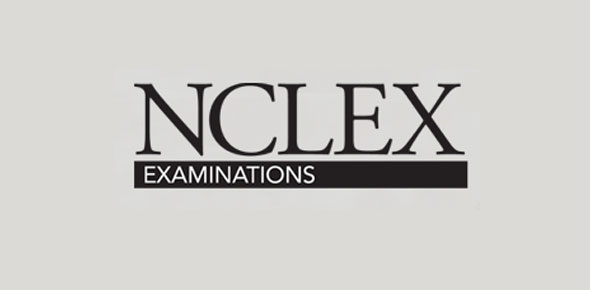Related Flashcards
Related Topics
Cards In This Set
| Front | Back |
|
Intracellular fluid
|
Fluid inside cells
|
|
Extracellular fluid
|
Fluid outside cells
|
|
Interstitial fluid
|
(fluid in the tissue space between and around cells)
|
|
Intravascular fluid
|
Watery plasma, or serum, portion of blood
|
|
Electrolytes
|
Chemical compounds, such as sodium and chloride, that are dissolved, absorbed, and distributed in body fluid and possess an electrical charge
|
|
Ions
|
Substances that carry either a positive or negative electrical charge).
|
|
Cations
|
Electrolytes with a positive charge
|
|
Anions
|
Electrolytes with a negative charge
|
|
Nonelectrolytes
|
Hemical compounds that remain bound together when dissolved in a solution and do not conduct electricity
|
|
Osmosis
|
Helps to regulate the distribution of water by controlling the movement of fluid from one location to another
|
|
Colloids
|
Undissolved protein substances such as albumin and blood cells within body fluids that do not readily pass through membranes.
|
|
Hydrostatic pressure
|
Pressure exerted against a membrane
|
|
Colloidal osmotic pressure
|
Force for attracting water
|
|
Filtration
|
the movement of water and substances from a compartment where the pressure is higher to one where the pressure is lower.
|
|
Passive diffusion
|
Move from an area of higher concentration to an area of lower concentration
|




